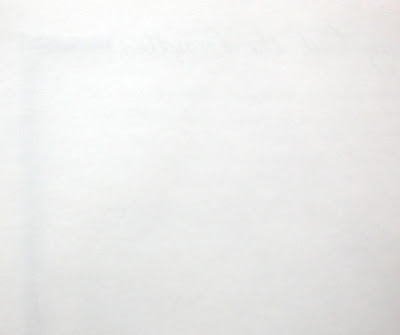Click image for a larger, sharper view.
Stillman & Birn Epsilon hardbound 5.5x8.5" book
Pitt Brush Pens
Watercolor
Background prepared with diluted acrylics
I went with my sketch group to the Bronx Zoo yesterday. The weather was pretty nice --- not too cold to walk around a bit. We met up in the morning at the end of the World of Birds exhibit. I'd wanted to sketch these folks the last time we went, but didn't get a chance. I made sure to do it first on this trip! The vultures weren't such cooperative models, but birds generally are not. I loved using the Pitt Brush Pens, and wished I'd had more colors with me. I only brought some warm and cool greys along on this trip. The background had been lightly toned in advance with some diluted acrylic paint, then sprayed with some sparkley iridescent paint. There's a nice shimmer to the page, which isn't evident in the photo.
Usually I do the watercolor work right there on location, and only the lettering/writing at home later, but this time I worked in monochrome on site, using just the different values of the grey pens. I added the few splashes of color back in the studio. I hadn't done it that way for quite some time, and I definitely prefer doing the color work on location also.










































